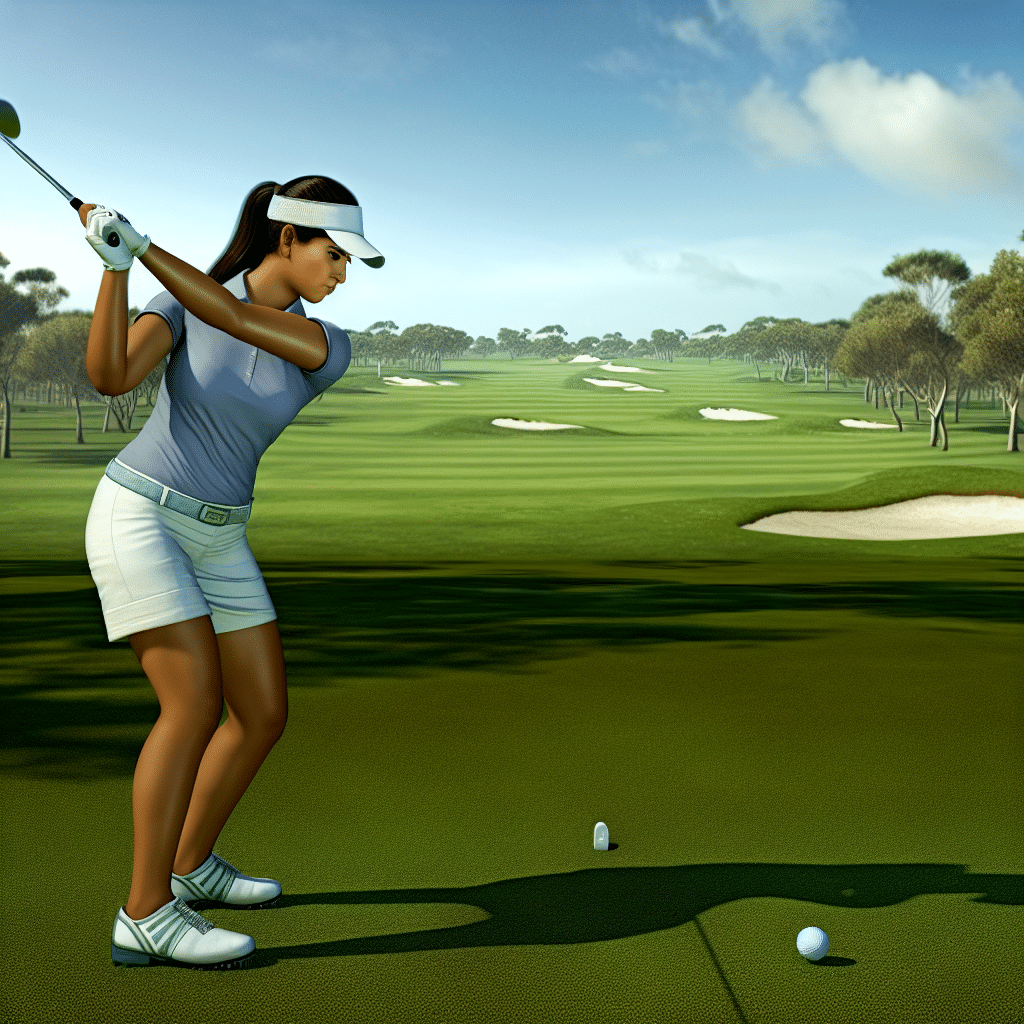Golf is a game of precision and technique, where even minor adjustments can make a significant difference. If you’re looking to improve your golf swing, you’re not alone. Whether you’re a seasoned pro or a beginner, perfecting your swing can lead to lower scores and greater enjoyment on the course. In this article, we will delve into essential strategies to enhance your golf swing and elevate your game.

Why is Improving Your Golf Swing So Crucial?
Many golfers underestimate the importance of a good swing. A proper golf swing ensures that you hit the ball accurately and consistently. It influences not only the distance the ball travels but also the direction and spin. Improving your golf swing can dramatically impact your overall performance.
Stance and Grip: The Foundation of a Good Swing
Before you even think about swinging, focus on your stance and grip. A solid foundation is crucial for a successful golf swing.
– **Stance:** Make sure your feet are shoulder-width apart. Your weight should be evenly distributed between both feet. Slightly bend your knees and keep your back straight.
– **Grip:** There are different types of grips—interlocking, overlapping, and the ten-finger grip. Choose the one that feels most natural to you. Ensure that your grip is firm but not too tight. The “V’s” formed by your thumb and index finger should point towards your right shoulder (for right-handed golfers).
How Can You Enhance Your Swing Mechanics?
Understanding the mechanics of a golf swing is essential for improvement. Here are some critical components to focus on:
Backswing and Downswing
1. **Backswing:**
– Initiate the backswing by turning your shoulders and hips away from the target.
– Keep your left arm straight but not rigid. Your right elbow should fold naturally.
– The club should gradually rise as you turn, reaching a position where the shaft is parallel to the ground and pointing towards the target.
2. **Downswing:**
– Transition smoothly from the backswing to the downswing.
– Focus on leading with your hips, followed by your torso and then your arms.
– Ensure that your weight shifts from your back foot to your front foot.
Follow-Through: Completing the Swing
A proper follow-through is vital for maintaining balance and control:
– **Extension:** Extend your arms fully after impact. This helps to ensure that you have transferred all your energy to the ball.
– **Finish:** Your body should be fully rotated towards the target, with your weight on your front foot. Hold your finish position for a moment to maintain balance.
Practice: The Key to Improvement
As with any skill, practice is crucial. Here are some effective ways to practice your golf swing:
– **Driving Range:** Spend time hitting balls at the driving range. Focus on different aspects of your swing during each session.
– **Video Analysis:** Record your swing and analyze it. Look for areas of improvement and compare your swing to professional golfers.
– **Lessons:** Consider taking lessons from a professional golf instructor. They can provide personalized advice and help you make the necessary adjustments.
Mental Focus: Staying Calm Under Pressure
The mental aspect of golf is often overlooked. Staying calm and focused can significantly affect your swing. Visualization techniques and deep-breathing exercises can help you remain composed during your game.
Conclusion
Improving your golf swing is a continuous journey that requires attention to detail, practice, and patience. By focusing on your stance, grip, swing mechanics, and mental focus, you’ll be well on your way to mastering the art of the perfect golf swing. Whether you’re aiming for a perfect drive or a delicate chip shot, these tips will help you enhance your performance on the golf course. Happy swinging!



